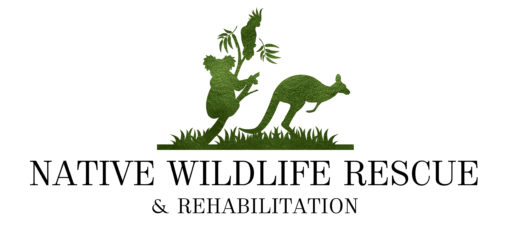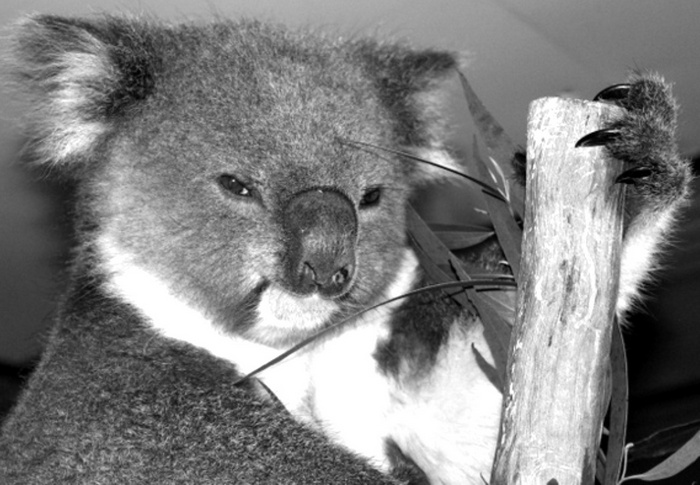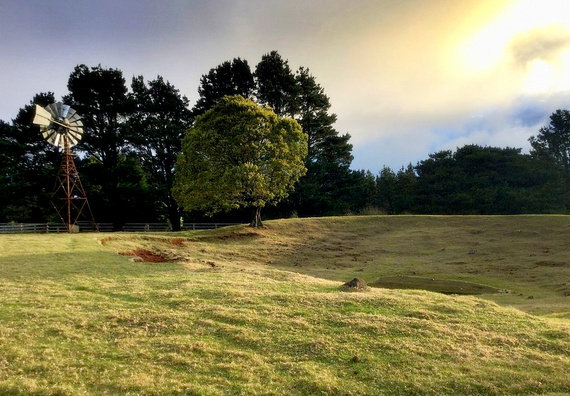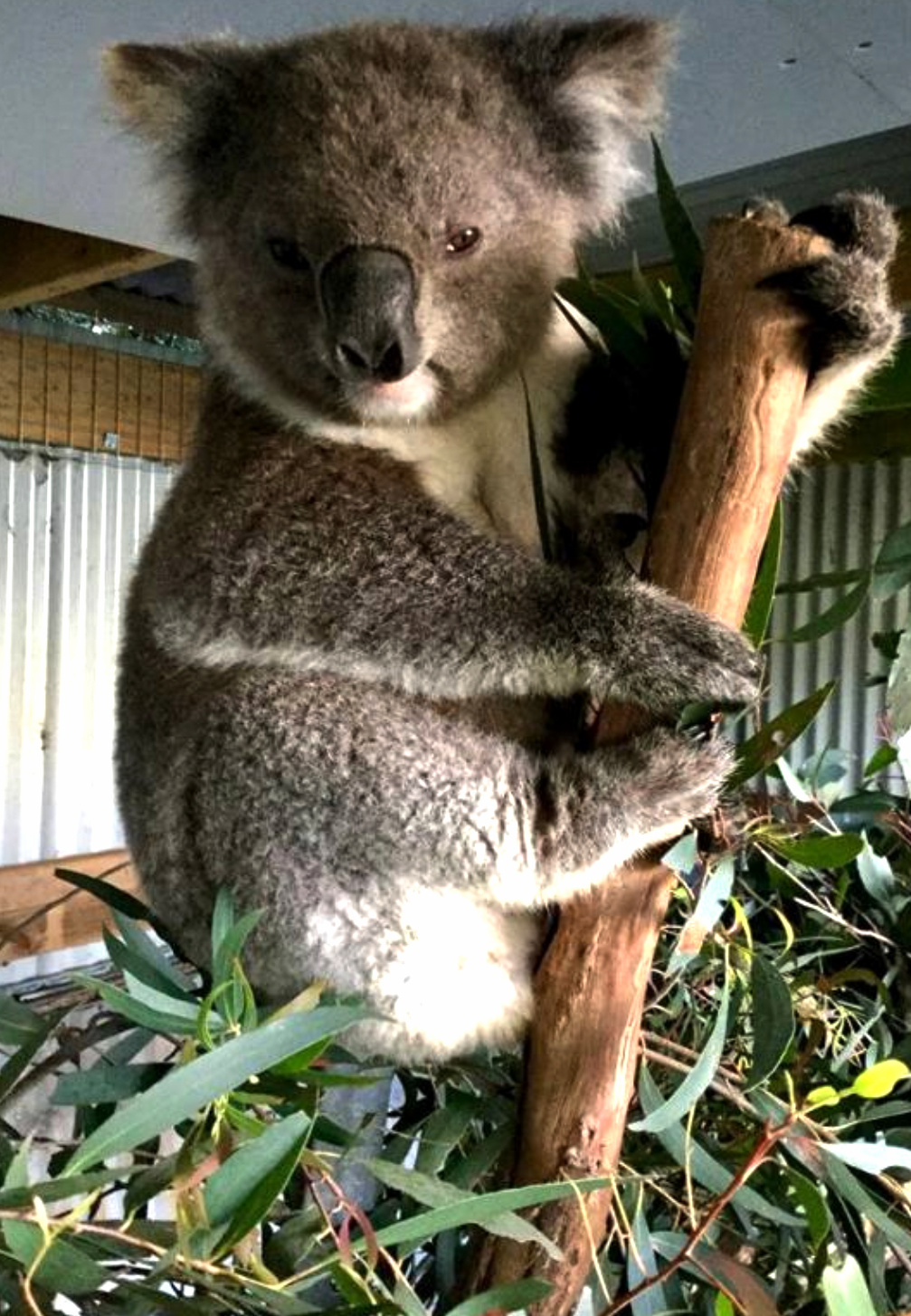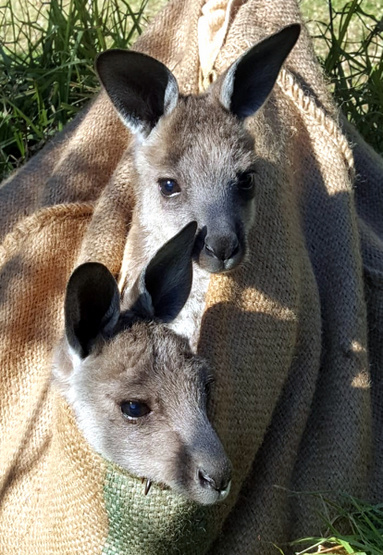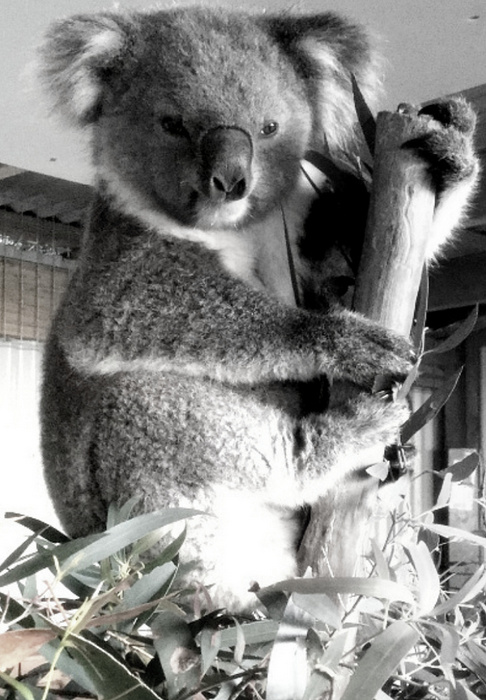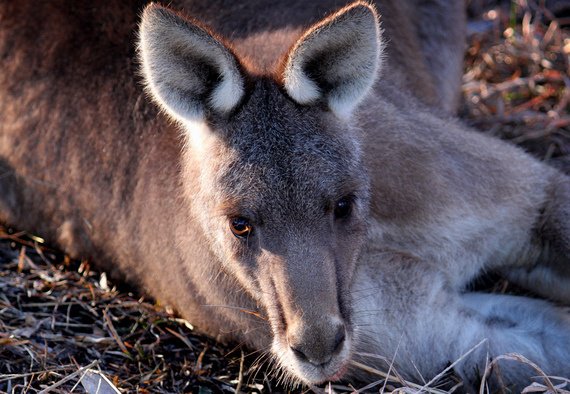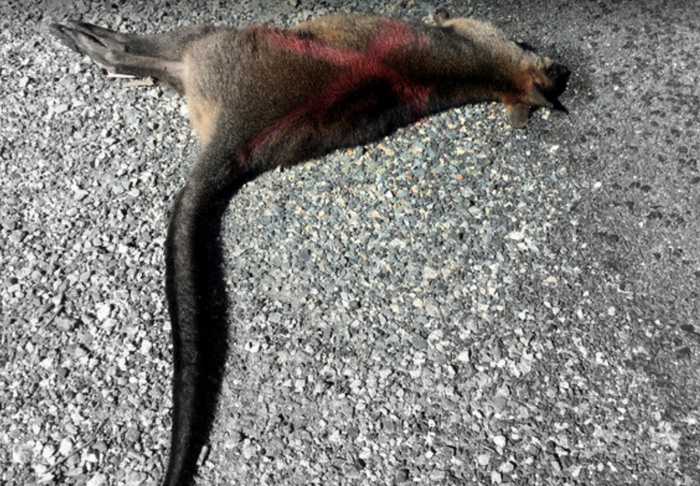
Second Chance
Many of the calls we receive annually end as coordinated field rescues. Yet, only a quarter ever make it back to the bush.
Most injuries were terminal upon impact, or the animals were too weak to survive. They include wallabies, kangaroos, wombats, echidnas, koalas, possums, flying foxes and sugar gliders. And the effects of climate change will only add more casualties to the ever-growing numbers as we traverse the interchanging seasons of extreme droughts, mega-fires and floods, leaving surviving wildlife and their habitats at risk.
But the fight is not over.
Several hundred wildlife remain rehabilitated across several local sanctuaries [macropods up to 12 months and wombats up to 18 months before transitioning back to the wild].
At our wildlife rescue sanctuary near Robertson, NSW, we rehabilitate kangaroos, wombats, wallabies and koalas on their long road to recovery.

Raptors
For many years, Peggy McDonald of Higher Ground Raptor Centre has been rehabilitating birds of prey so that they will fly free, once again.
A longtime associate of NWR, Peggy is also world-renown for her rehabilitation work. Of Peggy’s many achievements is her commitment to advancing and exchanging her knowledge of raptors with other wildlife rehabilitators and scientific organisations around the globe. In honour of her dedication to the conservation of raptors, she became the recipient of the prestigious Churchill Fellowship.
Eagles, falcons and owls are an integral link and function of the Southern Highlands’ rich ecosystems. Help Peggy protect our region’s magnificent raptors. Click on this link to learn more about Higher Ground Raptor Centre’s research program that involves the use of satellite trackers.
Casualties
Many threatened species and habitats are on a collision course with humans in the Southern Highlands and across much of fire-ravaged NSW, Victoria and Southern Queensland. Yet the destruction of vital ecosystems and rich biodiversity is only a chapter in the region’s long history of environmental degradation.
Over the past decade, wildlife habitats have fallen foul to accelerating developments — wide open spaces transformed into industrial centres, agricultural lands and satellite communities. And, many of our highways and backroads that serve as vital links with regional communities are fast becoming wildlife graveyards — a diorama of rotting carcasses we’ve grown accustomed to on the many miles of the open road.
But nowhere is the carnage more acute than along the backroads that intersect Bundanoon, Berrima, Robertson and High Range, where wildlife collisions frequently occur from dusk to dawn.
On one drive from Bowral to Braidwood, over 90 dead wildlife lay strewn across the highway like fallen bowling pins, a familiar sight for wildlife rescuers. Of the casualties were two wombats, each found within metres of each other and an Eastern Grey kangaroo [below left] near Berrima. The majestic animal had hopped out like a phantom from the early morning shadows and collided with a car. His injuries, however, were fatal; chief among them was his fractured leg which had almost snapped in two.
It would be easy to hold motorists accountable for their demise, but, in reality, our wildlife is at the mercy of the federal and state government’s push for population growth, improper conservation planning and dwindling habitats.
Either way, another statistic — another tragic ending.
Wildlife rescuers will leave a cross on the body of a deceased marsupial after its pouch has been checked for a joey [such as the wallaby featured below right].
